When it comes to the world of professional cooking, understanding your tools is crucial. One of these essential tools is the stock pot, specifically the non-reactive stock pot. In this article, we will delve into what a non-reactive stock pot is, its advantages in cooking, and why it should be a staple in every kitchen professional's arsenal.
A non-reactive stock pot is designed to prevent chemical reactions with acidic or alkaline foods. Materials such as stainless steel, glass, and enameled cast iron are perfect examples of non-reactive cookware. Chefs need these materials to ensure that their culinary creations maintain their intended flavors without interference from the cooking vessel.

Understanding Non-Reactive Cookware
Before we dive deeper into the specifics of a non-reactive stock pot, its important to understand what 'non-reactive' means in the context of cookware. Non-reactive materials do not leach metallic flavors or alter the acidity of food, which can happen with reactive metals such as aluminum or copper. This is especially vital when cooking dishes like tomato sauces or vinegar-based marinades.
Benefits of Using a Non-Reactive Stock Pot
There are several significant benefits associated with using a non-reactive stock pot:
- Flavor Preservation: Since non-reactive materials do not alter the taste of food, chefs can confidently prepare sauces and stocks without worrying about unwanted flavors.
- Versatility: These stock pots can go from stove to oven and are often dishwasher safe, making them multifunctional and easy to clean.
- Diverse Cooking Techniques: A non-reactive stock pot can handle various cooking methods, including boiling, simmering, and even browning meats, all while keeping the integrity of the ingredients intact.
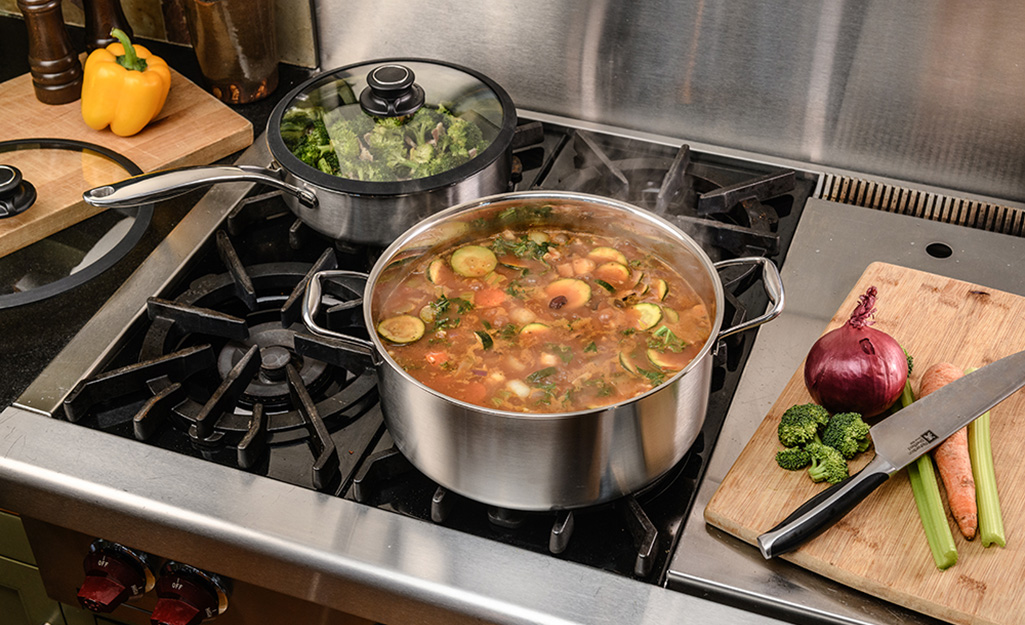
Choosing the Right Non-Reactive Stock Pot
When selecting a non-reactive stock pot, chefs should consider factors such as size, material, and intended use. Here are a few guidelines:
Material Matters
The most common non-reactive materials include:
- Stainless Steel: While durable and resistant to rust and corrosion, stainless steel may keep heat unevenly if not designed properly. Look for pots with aluminum cores for better heat distribution.
- Glass: Ideal for monitoring cooking processes, glass pots are perfect for simmering stocks while avoiding flavor interference. However, they are more fragile than metal options.
- Enameled Cast Iron: This material combines the heat retention of cast iron with a non-reactive surface. It is great for slow cooking and adds a pleasing aesthetic but can be heavier and more expensive.
Size Selection
Chefs should also consider size. Different sizes can cater to various cooking requirements. For instance, a 12-quart stock pot is good for small batches, while a 16-quart stock pot is optimal for large quantities. Assess kitchen space and typical recipe sizes to find the best fit.
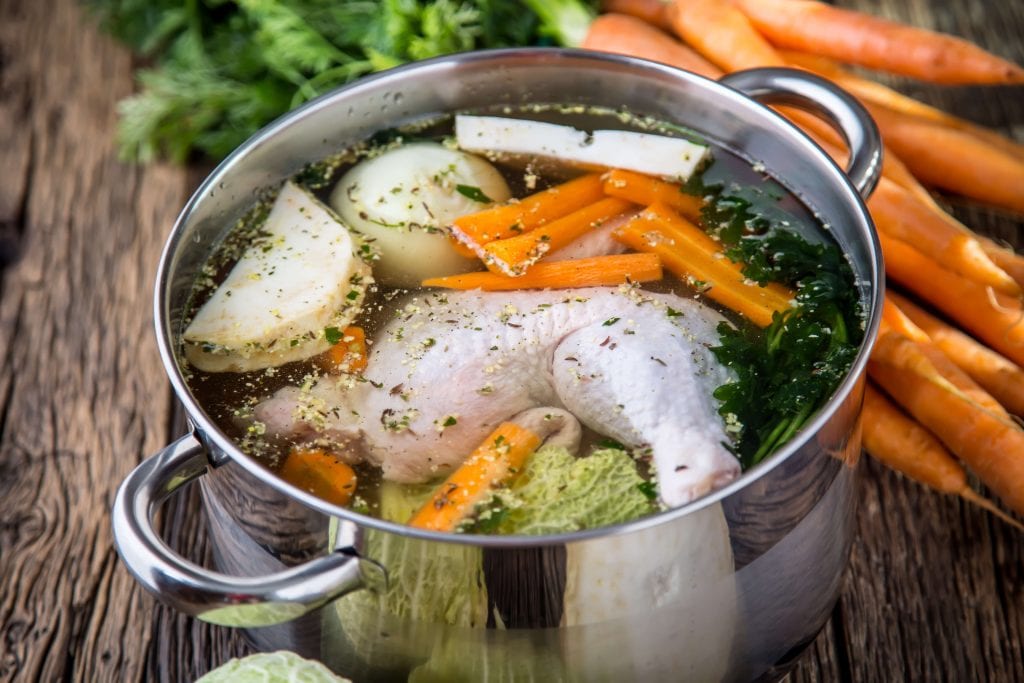
Care and Maintenance of Non-Reactive Stock Pots
Proper care can significantly extend the lifespan of your non-reactive stock pot. Here are general maintenance tips:
- Cleaning: Always use gentle detergents and avoid abrasive sponges to prevent scratching.
- Storage: Stack pots carefully and use padding between them to avoid chipping enamel.
- Seasoning Cast Iron: For enameled cast iron, regular seasoning is not necessary, but it helps maintain the non-stick quality of the interior if you have seasoned cast iron pots.
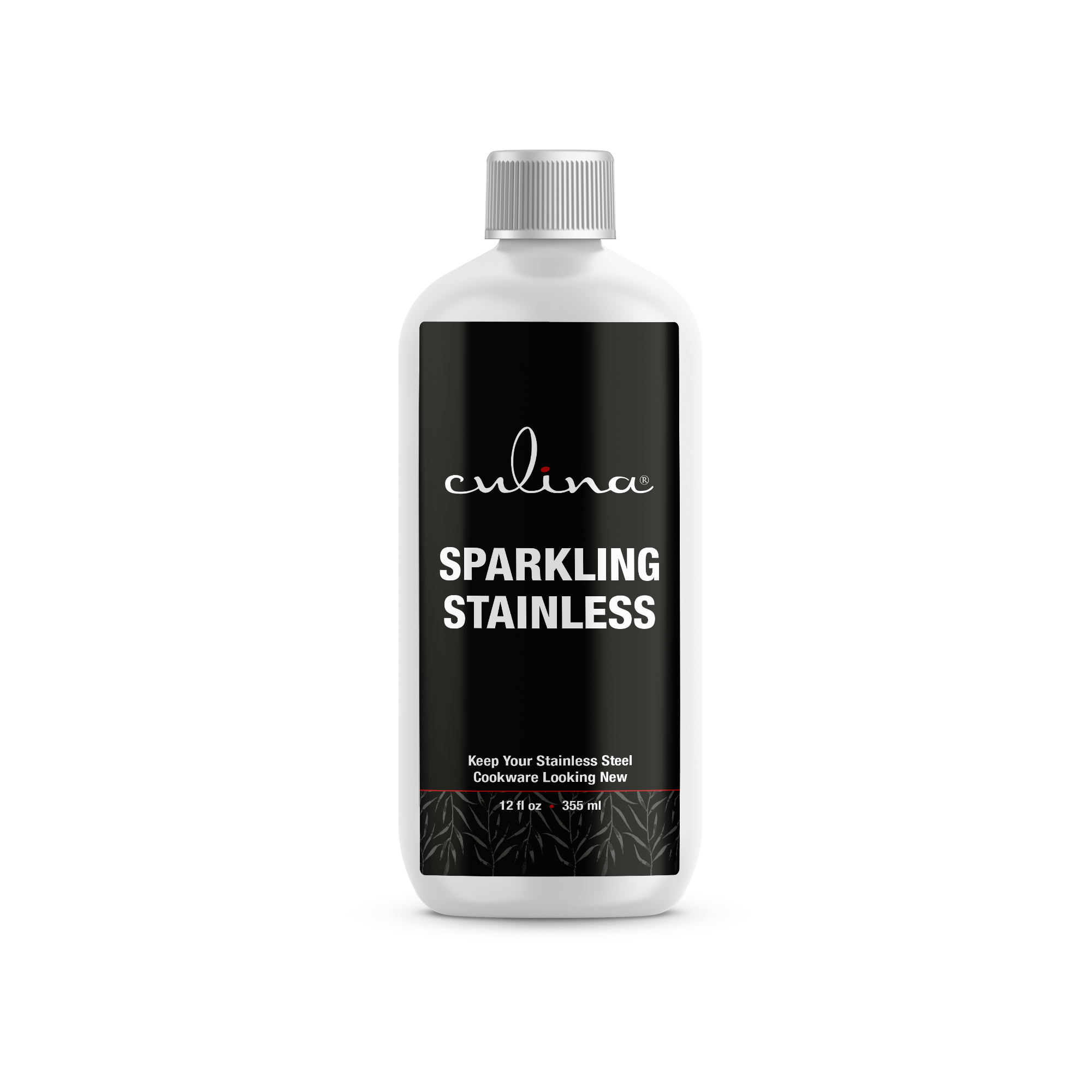
Common Uses for a Non-Reactive Stock Pot
These pots shine in various culinary applications:
- Making Stocks: Perfect for simmering bones and vegetables to create flavorful stocks.
- Cooking Soups: Ideal for creating rich, hearty soups with various ingredients.
- Steaming Veggies: A stock pot can be used with a steamer insert for healthy vegetable cooking.
For professional chefs who want to optimize their cooking, using a non-reactive pot ensures that food quality remains top-notch.
What to Avoid in a Non-Reactive Stock Pot
When focusing on non-reactive cooking, be cautious of:
- Reactive Metals: Avoid pots made from materials like aluminum and copper.
- Scratching Surfaces: Ensure not to use metal utensils in non-stick or enameled-coated pots as it can lead to flaking.
- High Heat: Never expose glass pots to extreme temperature changes to avoid cracking.
Frequently Asked Questions
What are some examples of non-reactive materials?
Some examples of non-reactive materials include stainless steel, glass, and enameled cast iron.
Is a non-reactive stock pot dishwasher safe?
Many non-reactive stock pots are dishwasher safe, but it is advised to check the manufacturer's instructions.
Can a non-reactive stock pot be used for frying?
While a non-reactive stock pot is great for boiling and simmering, it can also be used for frying but consider safety and heat levels.
In conclusion, understanding what a non-reactive stock pot is and how to utilize it effectively can significantly enhance your cooking. For further readings on stock pots, you can check out Stock Pot Uses. As a kitchen professional, the right tools make all the difference in the culinary world.
As an Amazon Associate, I earn from qualifying purchases.

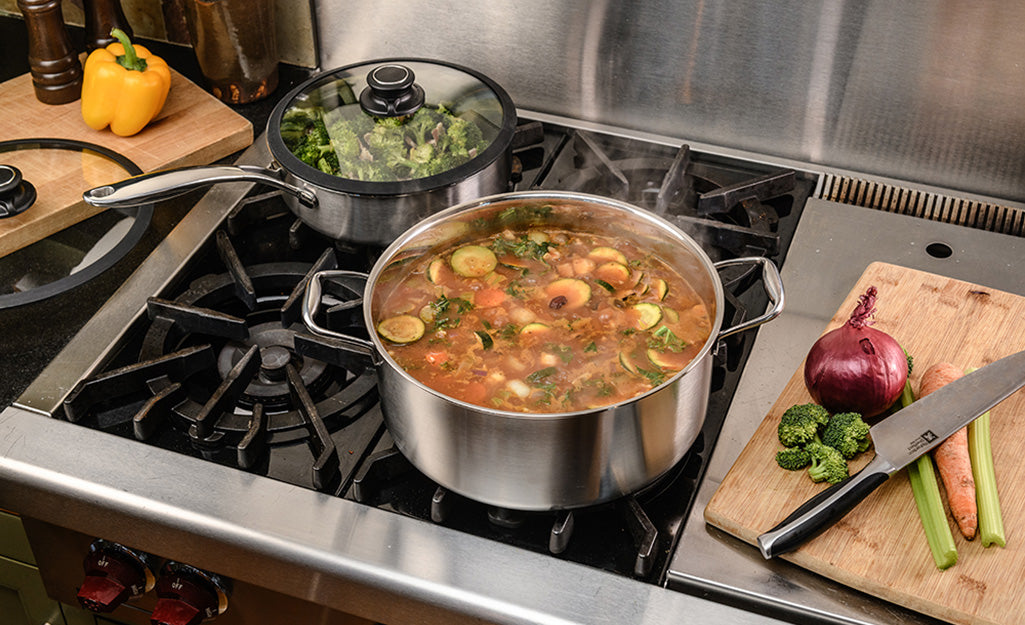


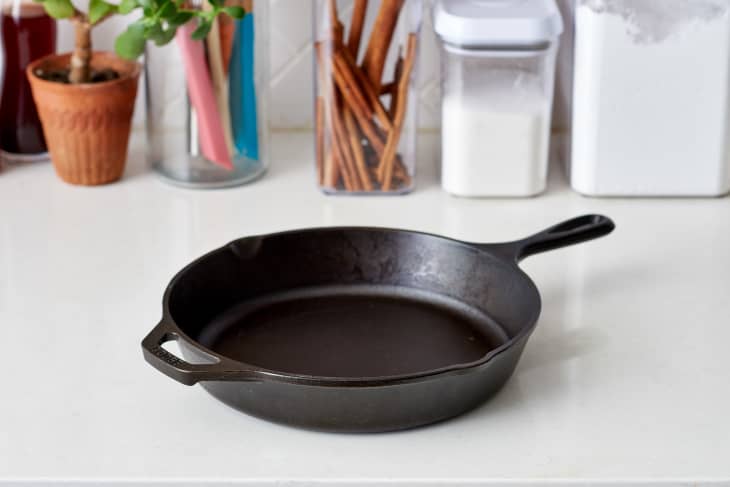
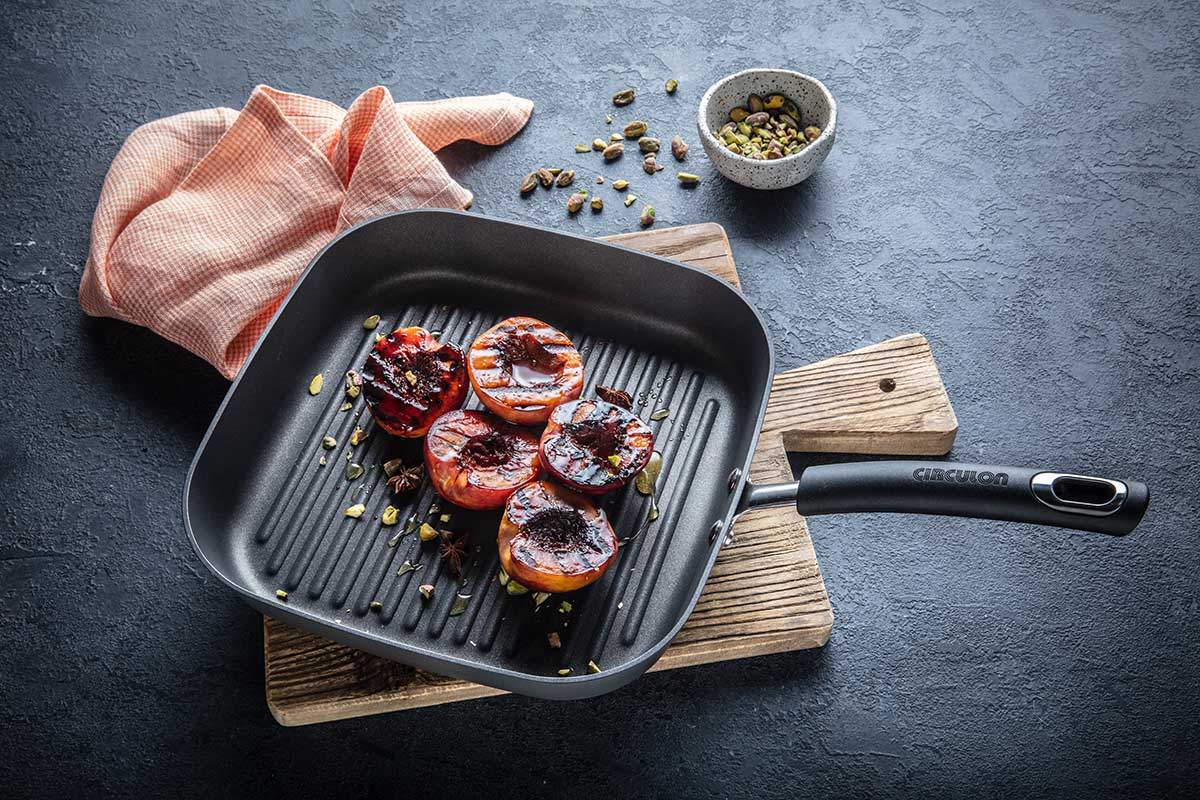
Leave a comment
This site is protected by hCaptcha and the hCaptcha Privacy Policy and Terms of Service apply.